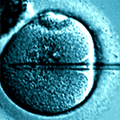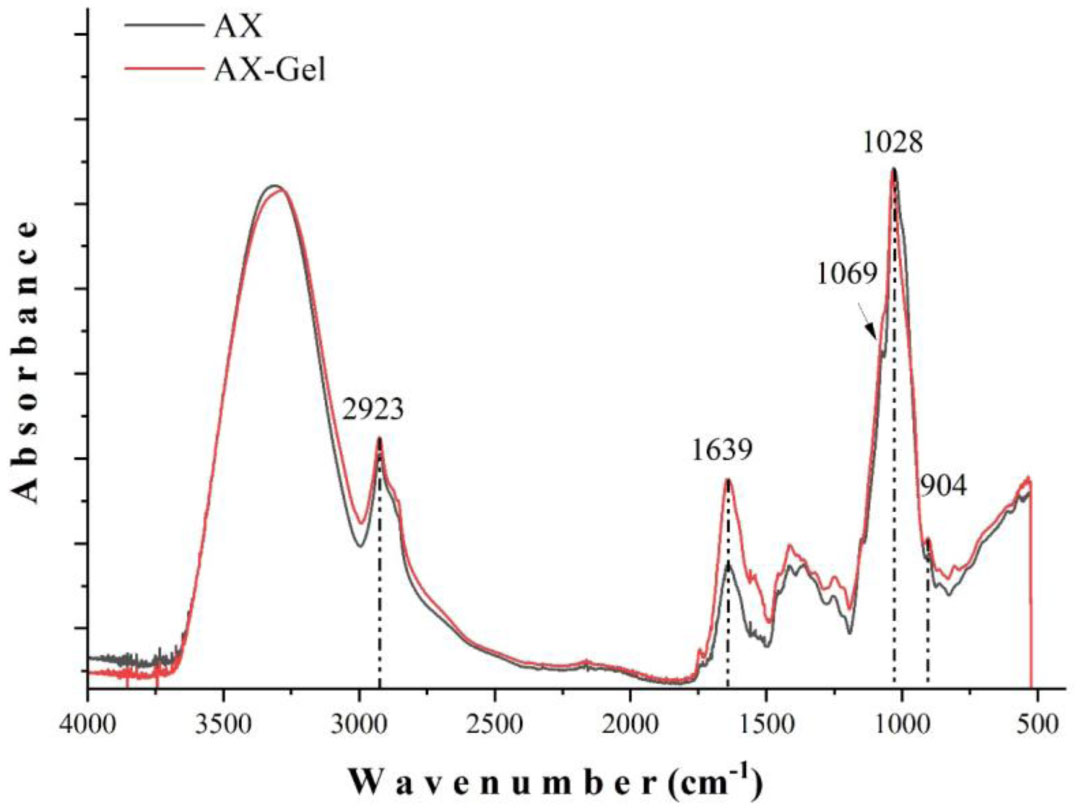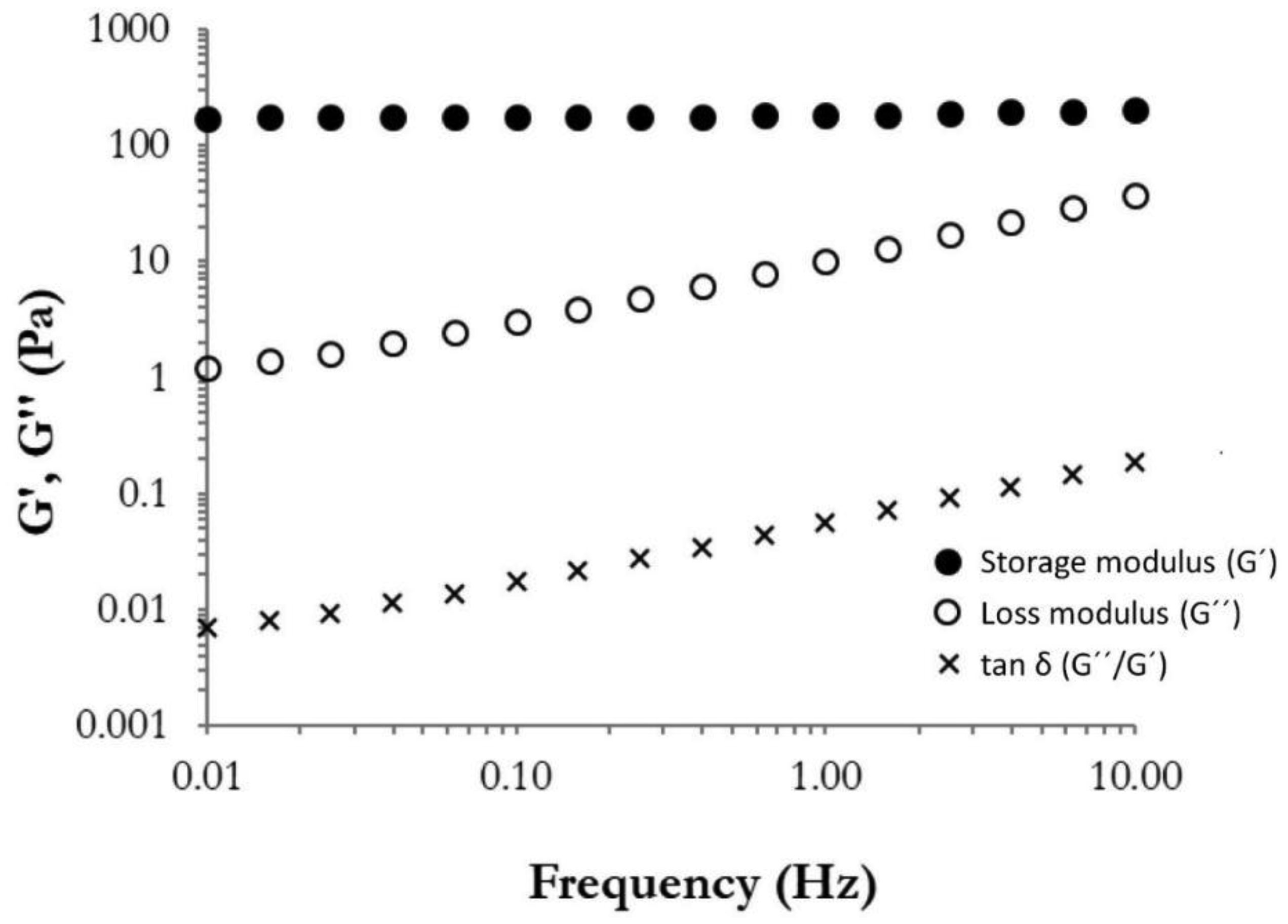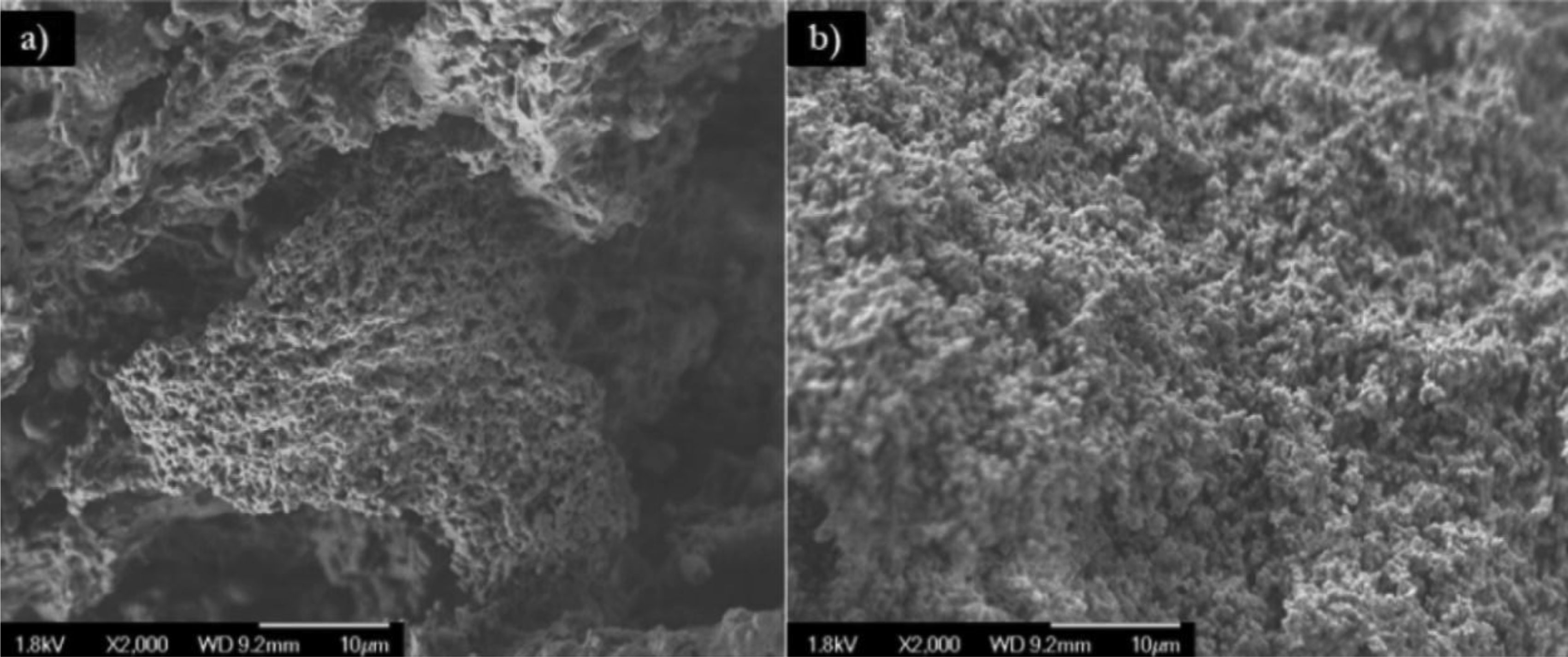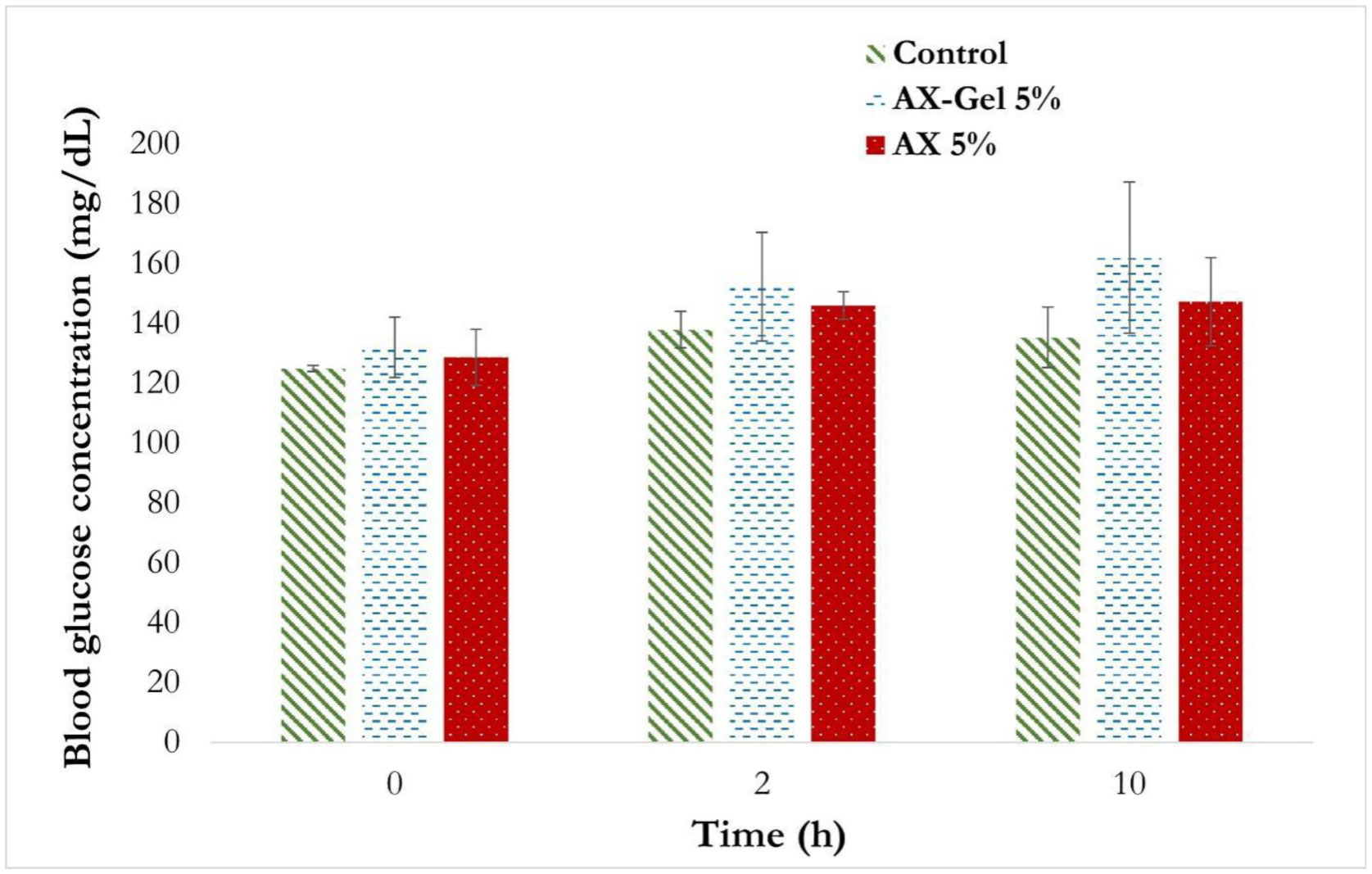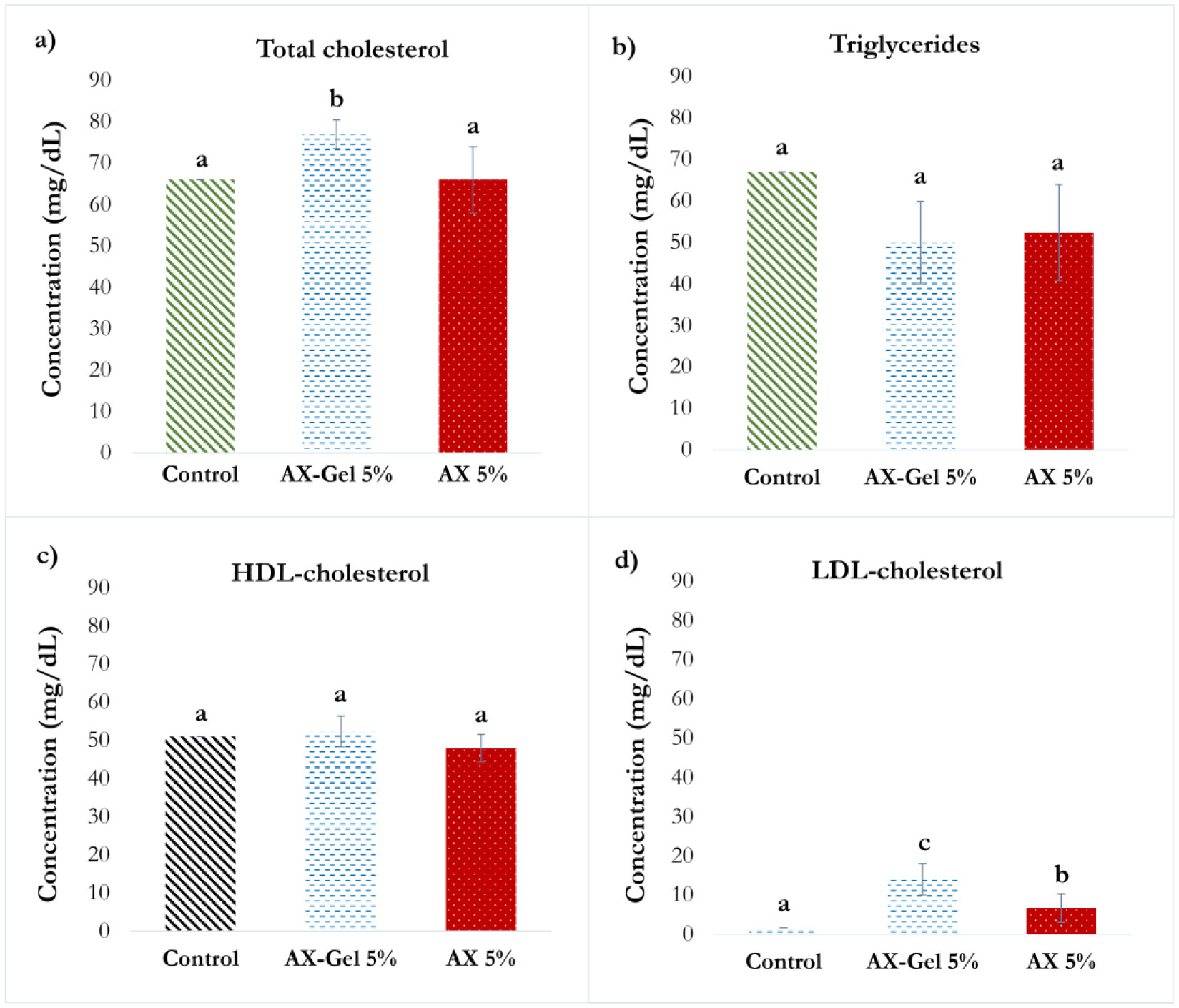1.
Introduction
It is well known that optimal control problems play a very important role in the fields of science and engineering. In the operation of physical and economic processes, optimal control problems have a variety of applications. Therefore, highly effective numerical methods are key to the successful application of the optimal control problem in practice. The finite element method is an important method for solving optimal control problems and has been extensively studied in the literature. Many researchers have made various contributions on this topic. A systematic introduction to the finite element method for partial differential equations (PDEs) and optimal control problems can be found in [1,2]. For example, a priori error estimates of finite element approximation were established for the optimal control problems governed by linear elliptic and parabolic state equations, see [3,4]. Using adaptive finite element method to obtain posterior error estimation; see [5,6]. Furthermore, some superconvergence results have been established by applying recovery techniques, see [7,8].
The two-grid method based on two finite element spaces on one coarse and one fine grid was first proposed by Xu [9,10,11]. It is combined with other numerical methods to solve many partial differential equations, e.g., nonlinear elliptic problems [12], nonlinear parabolic equations [13], eigenvalue problems [14,15,16] and fractional differential equations [17].
Many real applications, such as heat conduction control of storage materials, population dynamics control and wave control problems governed by integro-differential equations, need to consider optimal control problems governed by elliptic integral equations and parabolic integro-differential equations. More and more experts and scholars began to pay attention to the numerical simulation of these optimal control problems. In [18], the authors analyzed the finite element method for optimal control problems governed by integral equations and integro-differential equations. In [19], the authors considered the error estimates of expanded mixed methods for optimal control problems governed by hyperbolic integro-differential equations. As far as we know, there is no research on a two-grid finite element method for parabolic integro-differential control problems in the existing literature.
In this paper, we design a two-grid scheme of fully discrete finite element approximation for optimal control problems governed by parabolic integro-differential equations. It is shown that when the coarse and fine mesh sizes satisfy h=H2, the two-grid method achieves the same convergence property as the finite element method. We are interested in the following optimal control problems:
where Ω is a bounded domain in R2 and J=(0,T]. Let K be a closed convex set in U=L2(J;L2(Ω)), f∈L2(J;L2(Ω)), yd∈H1(J;L2(Ω)) and y0∈H1(Ω). K is a set defined by
A=A(x)=(aij(x)) is a symmetric matrix function with aij(x)∈W1,∞(Ω), which satisfies the ellipticity condition
Moreover, B(t,s)=B(x,t,s) is also a 2×2 matrix; assume that there exists a positive constant M such that
In this paper, we adopt the standard notation Wm,p(Ω) for Sobolev spaces on Ω with a norm ‖⋅‖m,p given by ‖v‖pm,p=∑|α|≤m‖Dαv‖pLp(Ω), as well as a semi-norm |⋅|m,p given by |v|pm,p=∑|α|=m‖Dαv‖pLp(Ω). We set Wm,p0(Ω)={v∈Wm,p(Ω):v|∂Ω=0}. For p=2, we denote Hm(Ω)=Wm,2(Ω), Hm0(Ω)=Wm,20(Ω), and ‖⋅‖m=‖⋅‖m,2, ‖⋅‖=‖⋅‖0,2.
We denote by Ls(J;Wm,p(Ω)) the Banach space of all Ls integrable functions from J into Wm,p(Ω) with the norm ‖v‖Ls(J;Wm,p(Ω))=(∫T0||v||sWm,p(Ω)dt)1s for s∈[1,∞) and the standard modification for s=∞. For simplicity of presentation, we denote ‖v‖Ls(J;Wm,p(Ω)) by ‖v‖Ls(Wm,p). Similarly, one can define the spaces H1(J;Wm,p(Ω)) and Ck(J;Wm,p(Ω)). In addition C denotes a general positive constant independent of h and Δt, where h is the spatial mesh size and Δt is a time step.
The outline of this paper is as follows. In Section 2, we first construct a fully discrete finite element approximation scheme for the optimal control problems (1.1)–(1.4) and give its equivalent optimality conditions. In Section 3, we derive a priori error estimates for all variables, and then analyze the global superconvergence by using the recovery techniques. In Section 4, we present a two-grid scheme and discuss its convergence. In Section 5, we present a numerical example to verify the validity of the two-grid method.
2.
Fully discrete finite element scheme
In this section, we shall construct a fully discrete finite element approximation scheme for the control problems (1.1)–(1.4). For sake of simplicity, we take the state space Q=L2(J;V) and V=H10(Ω).
We recast (1.1)–(1.4) in the following weak form: find (y,u)∈Q×K such that
where (⋅,⋅) is the inner product of L2(Ω).
Since the objective functional is convex, it follows from [2] that the optimal control problems (2.1)–(2.3) have a unique solution (y,u), and that (y,u) is the solution of (2.1)–(2.3) if and only if there is a co-state p∈Q such that (y,p,u) satisfies the following optimality conditions:
As in [20], the inequality (Eq 2.8) can be expressed as
where ˉp=∫Ωpdx∫Ωdx denotes the integral average on Ω of the function p.
Let Th denote a regular triangulation of the polygonal domain Ω, hτ denote the diameter of τ and h=maxτ∈Thhτ. Let Vh⊂V be defined by the following finite element space:
And the approximated space of control is given by
Set Kh=Uh∩K.
Before the fully discrete finite element scheme is given, we introduce some projection operators. First, we define the Ritz-Volterra projection [21] Rh: V→Vh, which satisfies the following: for any y,p∈V
Next, we define the standard L2-orthogonal projection [22] Qh: L2(Ω)→Uh, which satisfies the following: for any ϕ∈L2(Ω)
At last, we define the element average operator [7] πh:L2(Ω)→Uh by
We have the approximation property
We now consider the fully discrete finite element approximation for the control problem. Let Δt>0, N=T/Δt∈Z and tn=nΔt, n∈Z. Also, let
Like in [23], we define for 1≤s≤∞ and s=∞, the discrete time dependent norms
where l=0 for the control variable u and the state variable y, and l=1 for the co-state variable p.
Then the fully discrete approximation scheme is to find (ynh,unh)∈Vh×Kh, n=1,2,⋯,N, such that
Again, we can see that the above optimal control problem has a unique solution (ynh,unh), and that (ynh,unh)∈Vh×Kh is the solution of (2.20)–(2.22) if and only if there is a co-state pn−1h∈Vh such that (ynh,pn−1h,unh) satisfies the following optimality conditions:
Similarly, employing the projection (2.9), the optimal condition (2.27) can be rewritten as follows:
where ¯pn−1h=∫Ωpn−1h∫Ω1.
In the rest of the paper, we shall use some intermediate variables. For any control function ˜u∈K satisfies the following:
3.
A priori error estimates and superconvergence
In this section, we will discuss a priori error estimates and superconvergence of the fully discrete case for the state variable, the co-state variable and the control variable. In order to do it, we need the following lemmas.
Lemma 3.1. Let (ynh(u),pn−1h(u)) be the solution of (2.29)–(2.32) with ˜u=u and (y,p) be the solution of (2.4)–(2.8). Assume that the exact solution (y,p) has enough regularities for our purpose. Then, for Δt small enough and 1≤n≤N, we have
Proof. For convenience, let
Taking t=tn in (2.4), subtracting (2.29) from (2.4) and then using (2.12), we have
Choosing vh=dtξny in (3.3), we get
Notice that
Multiplying Δt and summing over n from 1 to l (1≤l≤N) on both sides of (3.4), and by using (3.5) and ξ0y=0, we find that
Now, we estimate the right-hand terms of (3.6). For A1, from the results given in [24], we have
For A2, using (2.13), the Hölder inequality and the Cauchy inequality, we have
At last, for A3, it follows from the Cauchy inequality, Cauchy mean value theorem and assumptions on A and B that
where
and
where t∗i is located between ti−1 and ti, and we also used
From (3.7)–(3.9), we have
Adding ∑ln=1‖∇ξny‖2Δt to both sides of (3.10), by use of the assumption on A and discrete Gronwall's inequality, we have
Using (2.13), the Poincare inequality and the triangle inequality, we get
Taking t=tn−1 in (2.6), subtracting (2.31) from (2.6) and then using (2.14), we have
Choosing qh=−dtξnp in (3.13), multiplying by Δt and summing over n from l+1 to N (0≤l≤N−1) on both sides of (3.13), since ξNp=0, we find that
Notice that
Now, we estimate the right-hand terms of (3.14). Similar to (3.7), we have
For B2, using (2.15) and the Cauchy inequality, we have
For B3, applying the same estimates as A3, we conclude that
where
For B4, using the Cauchy inequality and the smoothness of y and yd, we have
Combining (3.16)–(3.19), we have
By adding ∑Nn=l+1‖∇ξnp‖2Δt to both sides of (3.20) and applying the assumption on A, discrete Gronwall's inequality and (3.12), we conclude that
Using (2.15) and the triangle inequality, we get
we have completed the proof of the Lemma 3.1.
Lemma 3.2. Choose ˜un=Qhun and ˜un=un in (2.29)–(2.32) respectively. Then, for Δt small enough and 1≤n≤N, we have
Proof. For convenience, let
Taking ˜un=un and ˜un=Qhun in (2.29), we easily get
By choosing vh=dtλny in (3.24), multiplying by Δt and summing over n from 1 to l (1≤l≤N) on both sides of (3.24), we find that
where we use (2.17) and the assumption on B; additionally, θn is located between tn and tn+1.
Add ∑ln=1‖∇λny‖2Δt to both sides of (3.25); then for sufficiently small Δt, combining (3.25) and the discrete Gronwall inequality, we have
Similar to (3.24), we have
By choosing qh=−dtλnp in (3.27), multiplying by Δt and summing over n from l+1 to N (0≤l≤N−1) on both sides of (3.27), combining (3.26) and Poincare inequality gives
Add ∑Nn=l+1‖∇λn−1p‖2Δt to both sides of (3.28); then for sufficiently small Δt, applying the discrete Gronwall inequality and the assumptions on A and B, we have
Using the stability analysis as in Lemma 3.2 yields Lemma 3.3.
Lemma 3.3. Let (ynh,pnh) and (ynh(Qhu),pnh(Qhu)) be the discrete solutions of (2.29)−(2.32) with ˜un=unh and ˜un=Qhun, respectively. Then, for Δt small enough and 1≤n≤N, we have
Next, we derive the following inequality.
Lemma 3.4. Choose ˜un=Qhun and ˜un=unh in (2.29)−(2.32) respectively. Then, we have
Proof. For n=0,1,…,N, let
From (2.29)–(2.32), we have
Notice that
and
By choosing vh=−rn−1p in (3.32), qh=rny in (3.33), and then multiplying the two resulting equations by Δt and summing it over n from 1 to N, we have
which completes the proof of the lemma.
Lemma 3.5. Let u be the solution of (2.4)–(2.8) and unh be the solution of (2.23)–(2.27). Assume that all of the conditions in Lemmas 3.1–3.4 are valid. Then, for Δt small enough and 1≤n≤N, we have
Proof. Take ˜u=unh in (2.8) and ˜uh=Qhun in (2.27) to get the following two inequalities:
and
Note that unh−un=unh−Qhun+Qhun−un. Adding the two inequalities (3.36) and (3.37), we have
Thus, by (3.38), (2.16), (2.8) and Lemma 3.4, we find that
It follows from the Cauchy inequality, Lemma 3.1, Lemma 3.2 and Poincare's inequality that
Substituting the estimates for F1–F3 into (3.39), we derive (3.35).
Using (3.11), (3.21), Lemmas 3.2–3.5 and the triangle inequality, we derive the following superconvergence for the state variable.
Lemma 3.6. Let u be the solution of (2.4)–(2.8) and unh be the solution of (2.23)–(2.27). Assume that all of the conditions in Lemmas 3.1–3.5 are valid. Then, for Δt small enough and 1≤n≤N, we have
Now, the main result of this section is given in the following theorem.
Theorem 3.1. Let (y,p,u) and (ynh,pn−1h,unh) be the solutions of (2.4)–(2.8) and (2.23)–(2.27), respectively. Assume that y, p and u have enough regularities for our purpose; then, for Δt small enough and 1≤n≤N, we have
Proof. The proof of the theorem can be completed by using Lemmas 3.1–3.5, (2.17) and the triangle inequality.
To provide the global superconvergence for the control and state, we use the recovery techniques on uniform meshes. Let us construct the recovery operators Ph and Gh. Let Phv be a continuous piecewise linear function (without the zero boundary constraint). The value of Phv on the nodes are defined by a least squares argument on element patches surrounding the nodes; the details can be found in [25,26].
We construct the gradient recovery operator Ghv=(Phvx,Phvy) for the gradients of y and p. In the piecewise linear case, it is noted to be the same as the Z-Z gradient recovery (see [25,26]). We construct the discrete co-state with the admissible set
Now, we can derive the global superconvergence result for the control variable and state variable.
Theorem 3.2. Let u and unh be the solutions of (2.4)–(2.8) and (2.29)–(2.32), respectively. Assume that all of the conditions in Lemmas 3.1–3.5 are valid. Then we have
Proof. Using (2.9), (3.47) and Theorem 3.1, we have
Theorem 3.3. Let (y,p) and (ynh,pn−1h) be the solutions of (2.4)–(2.8) and (2.29)–(2.32), respectively. Assume that all of the conditions in Lemmas 3.1–3.5 are valid. Then we have
Proof. Notice that
It follows from Lemma 3.6 that
It can be proved by the standard interpolation error estimate technique (see [1]) that
Therefore, it follows from (3.52) and (3.53) that
Similarly, it can be proved that
Therefore, we complete the proof.
4.
Two-grid scheme
In this section, we will present a two-grid scheme and analyze a priori error estimates. Now, we present our two-grid algorithm which has the following two steps:
Step 1. On the coarse grid TH, find (ynH,pn−1H,unH)∈V2H×KH that satisfies the following optimality conditions:
Step 2. On the fine grid Th, find (¯˜ynh,¯˜pn−1h,¯˜unh)∈V2h×Kh such that
Combining Theorem 3.1 and the stability estimates, we easily get the following results.
Theorem 4.1. Let (y,p,u) and (¯˜ynh,¯˜pnh,¯˜unh) be the solutions of (2.4)–(2.8) and (4.1)–(4.10), respectively. Assume that y, yd, p, pd and u have enough regularities for our purpose; then, for Δt small enough and 1≤n≤N, we have
Proof. For convenience, let
Taking t=tn in (2.4), subtracting (4.6) from (2.4) and then using (2.12), we have
Selecting vh=dteny in (4.13), multiplying by Δt and summing over n from 1 to l (1≤l≤N) on both sides of (4.13), we find that
Similar to Lemma 3.1, it is easy to show that
Similar to A3, we find that
For I4, using Theorem 3.2, we have
Combining (4.15)–(4.17), the discrete Gronwall inequality, the triangle inequality and (2.13), we get
By taking t=tn−1 in (2.6), subtracting (4.8) from (2.6) and using (2.12), we have
By selecting qh=−dtenp in (4.19), multiplying by Δt and summing over n from l+1 to N (0≤l≤N−1) on both sides of (4.19), we find that using (2.15), (4.18) and the triangle inequality, similar to (3.14), gives
Note that
Using (2.19), (4.20) and the mean value theorem, we have
which completes the proof.
5.
Numerical experiments
In this section, we present the following numerical experiment to verify the theoretical results. We consider the following two-dimensional parabolic integro-differential optimal control problems
subject to
where Ω=(0,1)2.
We applied a piecewise linear finite element method for the state variable y and co-state variable p. The stopping criterion of the finite element method was chosen to be the abstract error of control variable u between two adjacent iterates less than a prescribed tolerance, i.e.,
where ϵ=10−5 was used in our numerical tests. For the linear system of equations, we used the algebraic multigrid method with tolerance 10−9.
The numerical experiments were conducted on a desktop computer with a 2.6 GHz 4-core Intel i7-6700HQ CPU and 8 GB 2133 MHz DDR4 memory. The MATLAB finite element package iFEM was used for the implementation [27].
Example: We chose the following source function f and the desired state yd as
such that the exact solutions for y, p, u are respectively,
In order to see the convergence order with respect to time step size △t and mesh size h, we choose △t=h or △t=h2 with h=14,116,164. To see the convergence order of the two-grid method, we choose the coarse and fine mesh size pairs (12,14),(14,116),(18,164). Let us use yh,ph and uh as two-grid solutions in the following tables. In Tables 1 and 2, we let △t=h2 and present the errors of the finite element method and two-grid method for y and p in the L2-norm. Next, in Tables 3 and 4, we set △t=h and show the errors of the two methods for y and p in the H1-norm and u in the L2-norm. We can see that the two-grid method maintains the same convergence order as the finite element method. Moreover, we also display the computing times of the finite element method and the two-grid method in these tables. By comparison, we find that the two-grid method is more effective for solving the optimal control problems (1.1)–(1.4).
6.
Conclusions
In this paper, we presented a two-grid finite element scheme for linear parabolic integro-differential control problems (1.1)–(1.4). A priori error estimates for the two-grid method and finite element method have been derived. We have used recovery operators to prove the superconvergence results. These results seem to be new in the literature. In our future work, we will investigate a posteriori error estimates. Furthermore, we shall consider a priori error estimates and a posteriori error estimates for optimal control problems governed by hyperbolic integro-differential equations.
Use of AI tools declaration
The authors declare they have not used Artificial Intelligence (AI) tools in the creation of this article.
Conflict of interest
The authors declare there is no conflict of interest.









 DownLoad:
DownLoad:

